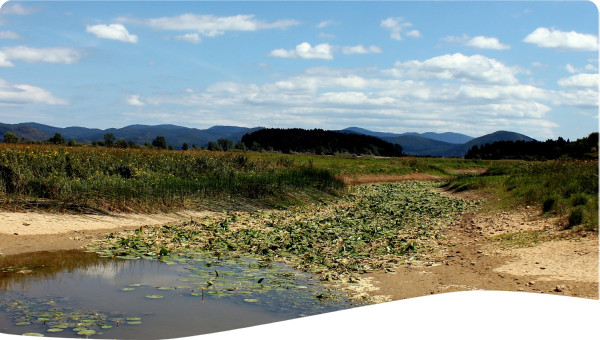Energy systems support technical solutions fulfilling the United Nations' Sustainable Development Goal for clean water and sanitation (SDG6), with implications for future energy demands and greenhouse gas emissions. The energy sector is also a large consumer of water, making water efficiency targets ingrained in SDG6 important constraints for long-term energy planning. Here, we apply a global integrated assessment model to quantify the cost and characteristics of infrastructure pathways balancing SDG6 targets for water access, scarcity, treatment and efficiency with long-term energy transformations limiting climate warming to 1.5 °C. Under a mid-range human development scenario, we find that approximately 1 trillion USD2010 per year is required to close water infrastructure gaps and operate water systems consistent with achieving SDG6 goals by 2030. Adding a 1.5 °C climate policy constraint increases these costs by up to 8%. In the reverse direction, when the SDG6 targets are added on top of the 1.5 °C policy constraint, the cost to transform and operate energy systems increases 2%–9% relative to a baseline 1.5 °C scenario that does not achieve the SDG6 targets by 2030. Cost increases in the SDG6 pathways are due to expanded use of energy-intensive water treatment and costs associated with water conservation measures in power generation, municipal, manufacturing and agricultural sectors. Combined global spending (capital and operational expenditures) to 2030 on water, energy and land systems increases 92%–125% in the integrated SDG6-1.5 °C scenarios relative to a baseline 'no policy' scenario. Evaluation of the multi-sectoral policies underscores the importance of water conservation and integrated water–energy planning for avoiding costs from interacting water, energy and climate goals.
Description / Abstract
Publication year
Publisher
Thematic Tagging
English
 Resource -
Resource -
